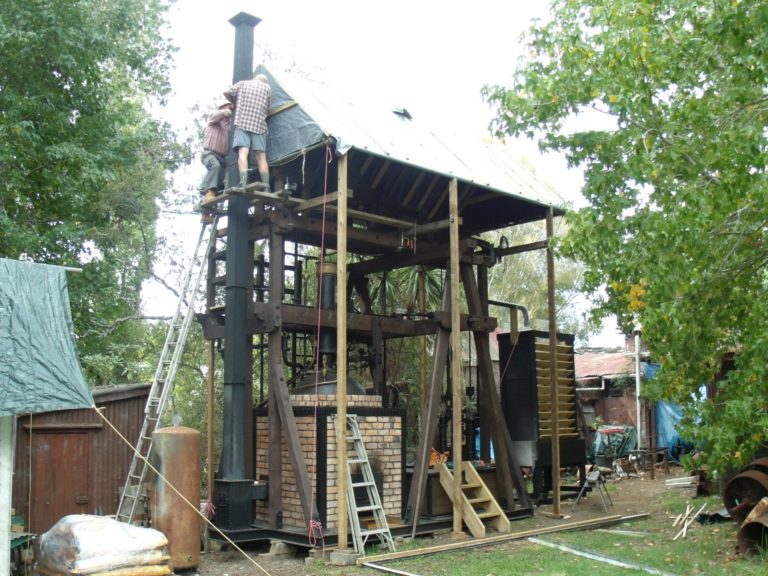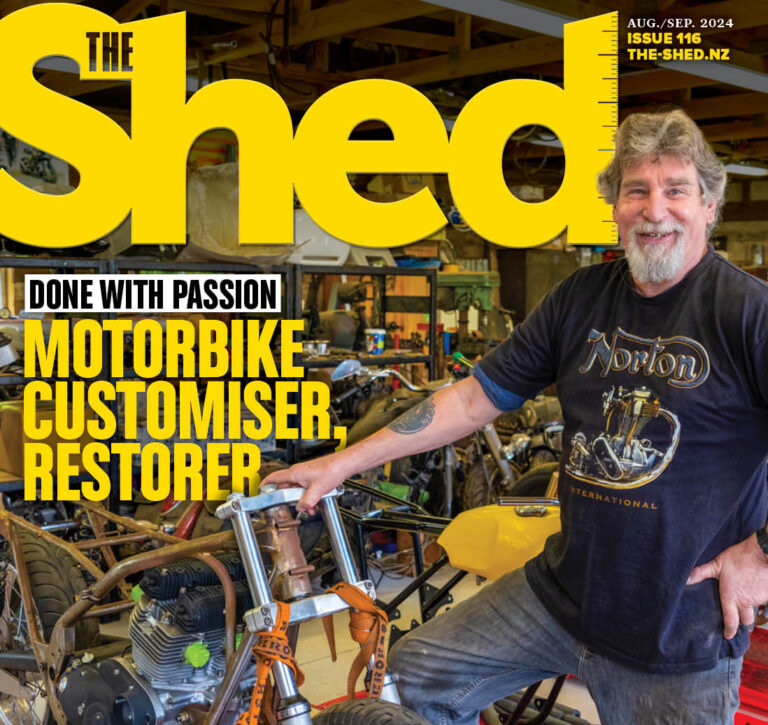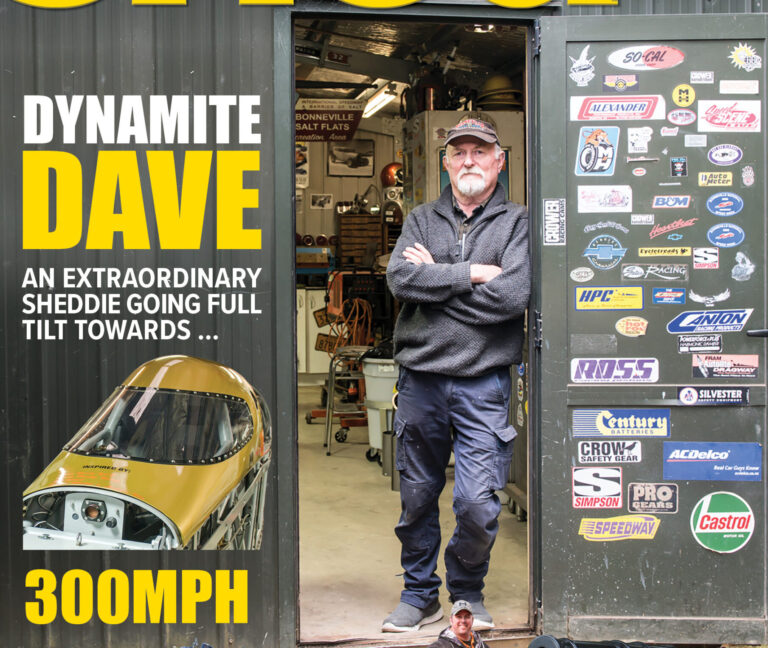Engineering a success
Meet 21st century sheddie, Tim O’Connor of Army Bay Engineering, who has created his own unique brand of mini bikes from his small Whangaparaoa peninsula workshop, Hustler Mini Bikes.
In the true spirit of the Kiwi DIY tradition, Tim rallied from the disappointment of a Covid-related job loss to create his own very successful, satisfying, and special business.
“There is no room for mediocrity nor false modesty in the shed of precision engineer Tim O’Connor. His Instagram tagline is: ‘Maker of the world’s finest minibikes,’ and it would be a hard ask to find someone more motivated and committed to improving their product than this self-confessed perfectionist.
For Tim, designing, building, and marketing his ‘Hustler’ minibikes is not just about selling units. His scaled-down, pocket-rockets have a deeper, almost sentimental significance. He has been riding small bikes since the age of 12, and remembers building minibikes in the garage with his father.
He says, “That is where my love for bikes and engineering started.”
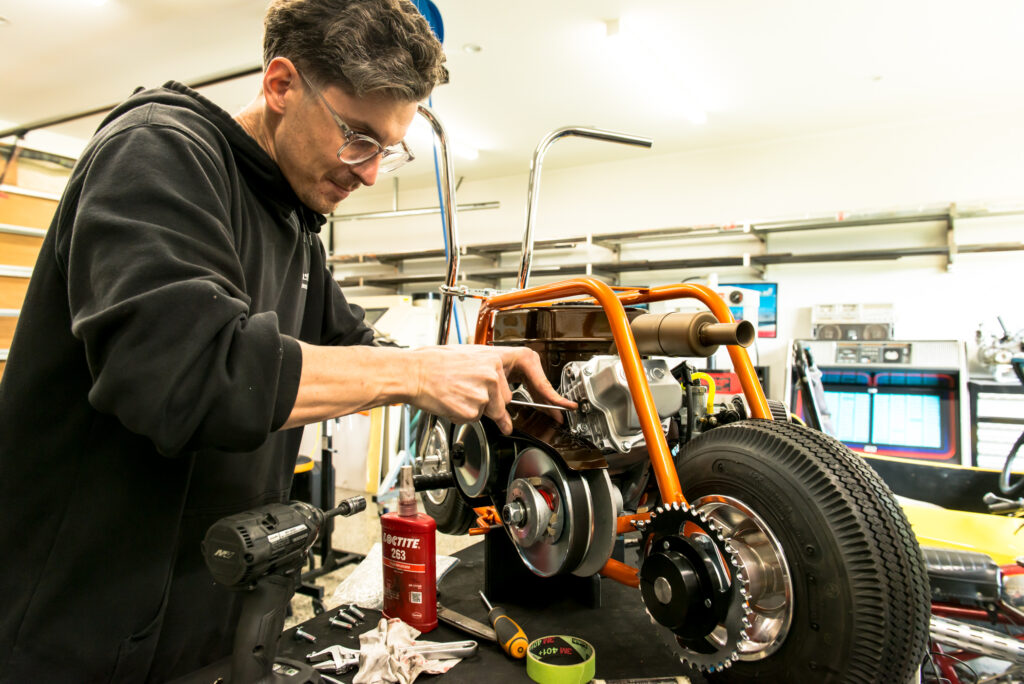
Jacks Tech 2024
A chance to get up close and personal with the latest in woodworking technology.
“Jacks is a long-established New Zealand company with branches in Christchurch and Auckland. It supplies woodworking machinery, from turnkey production lines for major industry players to home-workshop equipment for shed owners.
Examples of the latter are the excellent Tormek sharpening system, Felder dust extractors, Ascent bandsaws, and Hammer multi-machines.
With the absence this year of the once-annual AWISA woodworking trade show in Australia, and since Jacks recently took over as exclusive representative of the huge Chinese KDT brand, the firm thought it was an opportune time to hold one of its ‘Jacks Tech’ displays.“
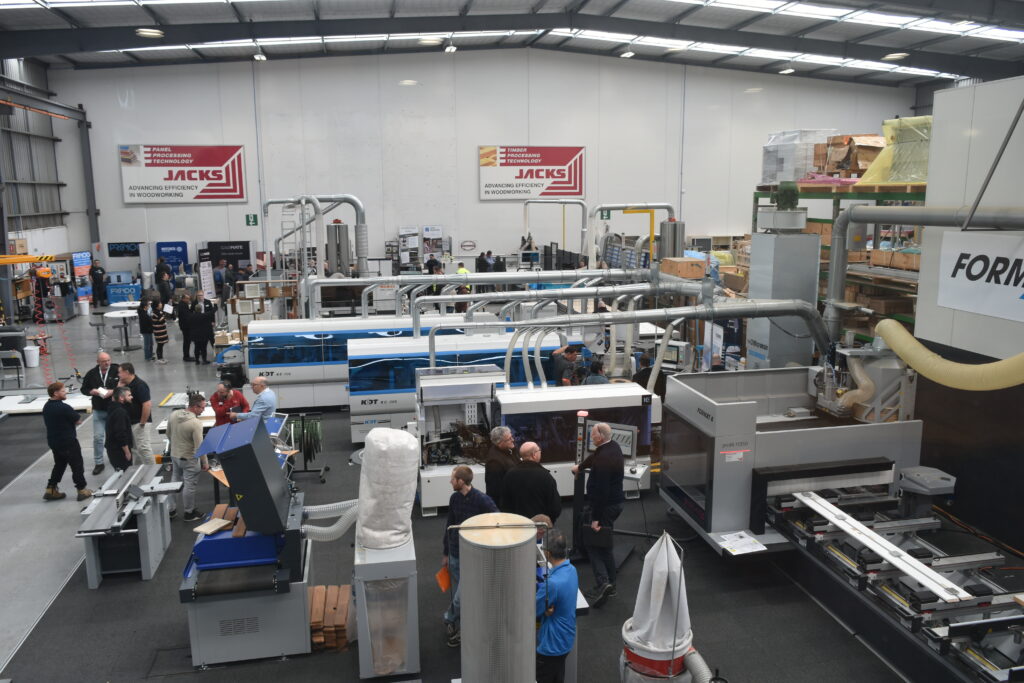
From the archives – Ramping it up
How to make a pair of ramps for home car maintenance
“This project comes about because of a mishap with the trusty car ramps I had had for more than 20 years. They were a clever pressed-steel design, a product of Spedding Ltd, one of the country’s original importers and wholesalers, which took on manufacturing as a response to the import restrictions and import licensing laws of the time.
I was the factory manager, and car ramps helped to fill the seasonal gap in our aluminium-boat manufacturing. Spedding Ltd did not survive a Brierley-style takeover and split. My beloved car ramps didn’t survive, either, to some degree due to automatic transmission.”
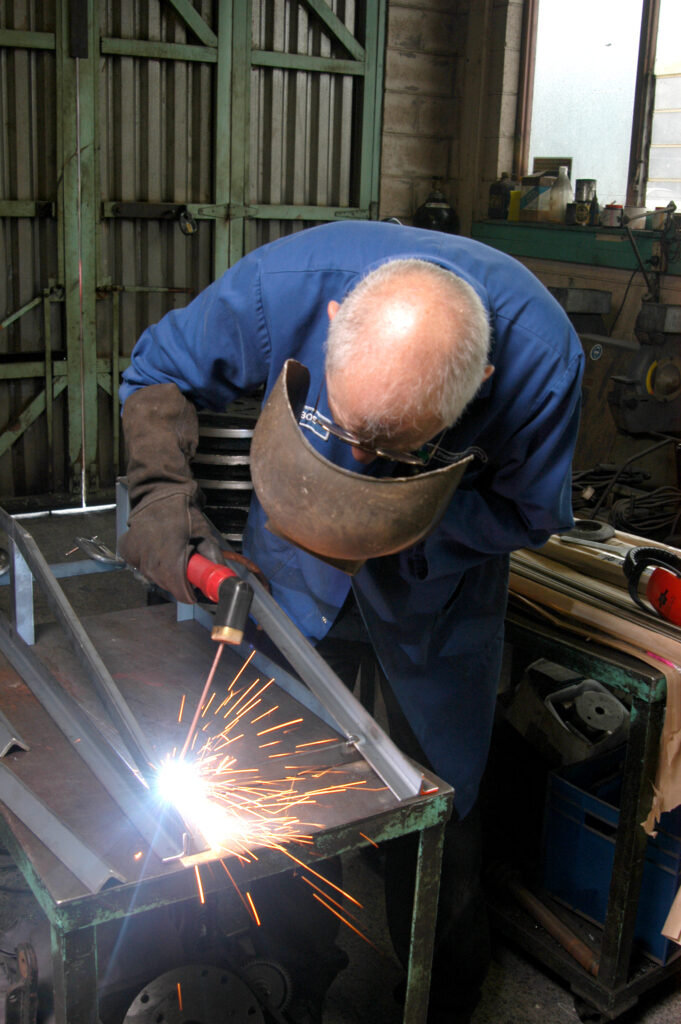
Setting up a workshop – part 1
A guide to the perfect workshop
Having a workshop is one thing, but organising it so that it works for you and is an enjoyable place to tackle your projects is another
“Working on a number of projects recently has made me realise the need for both a better working environment and a better workflow. This has to include timber and sheet storage, and improved access to power tools that need space around them in order for large lengths of timber or full-size sheets of MDF, ply, and the like to be manoeuvred.
I have used bamboo panels on two projects recently: the music desk (The Shed issue 113) and a desk for my granddaughter. I love using them, but they are 2200x600x25mm and weigh 21.5kg each. If I’m using several – as I did for the music desk, for which I used four – then I need to be able to store them where they won’t get damaged. Now, a full-size sheet of MDF is 2400×1200, and an 18mm-thick sheet weighs around 37kg, so the ability to move one into position for marking out, cutting, and then stacking the pieces in order of use is imperative.”
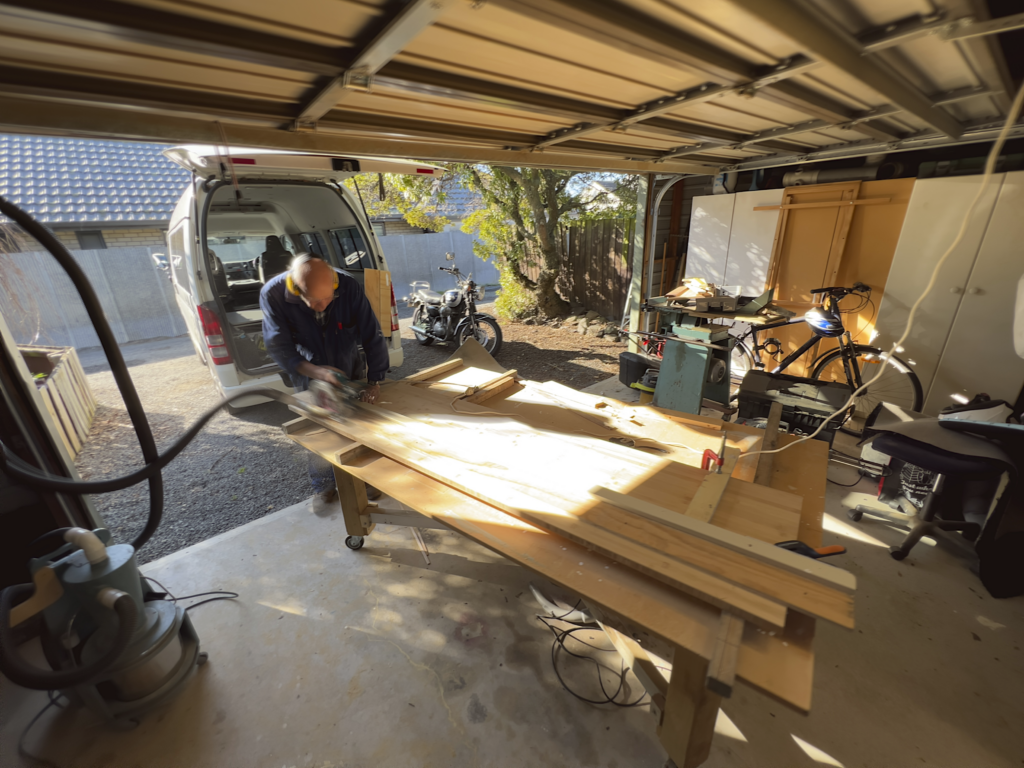
Introduction to electronic music – part one
Ever imagined yourself as a John Bonham or a Jimi Hendrix? The magic of electronic music means you can set up your own one-man band, create original masterpieces, or rearrange your favourite instrumental.
“In this issue 117 of The Shed, we will start a new adventure: an introduction to electronic music, utilising theory, examples, and electronic projects.
Throughout this and the following articles in this series, we will explore the practical side of electronic music creation, looking at hardware and software options. I will provide the essential theoretical knowledge and references for studies, and guide you through the ‘how to’ of some exciting yet achievable projects for you to try.
I am not a musician, but I love music and I am a maker. After playing classical music on classical guitar for more than 40 years, I moved to electronic music some years ago, mixing traditional instruments. That was the starting point of merging making, electronic knowledge, software, and electronic instruments.”
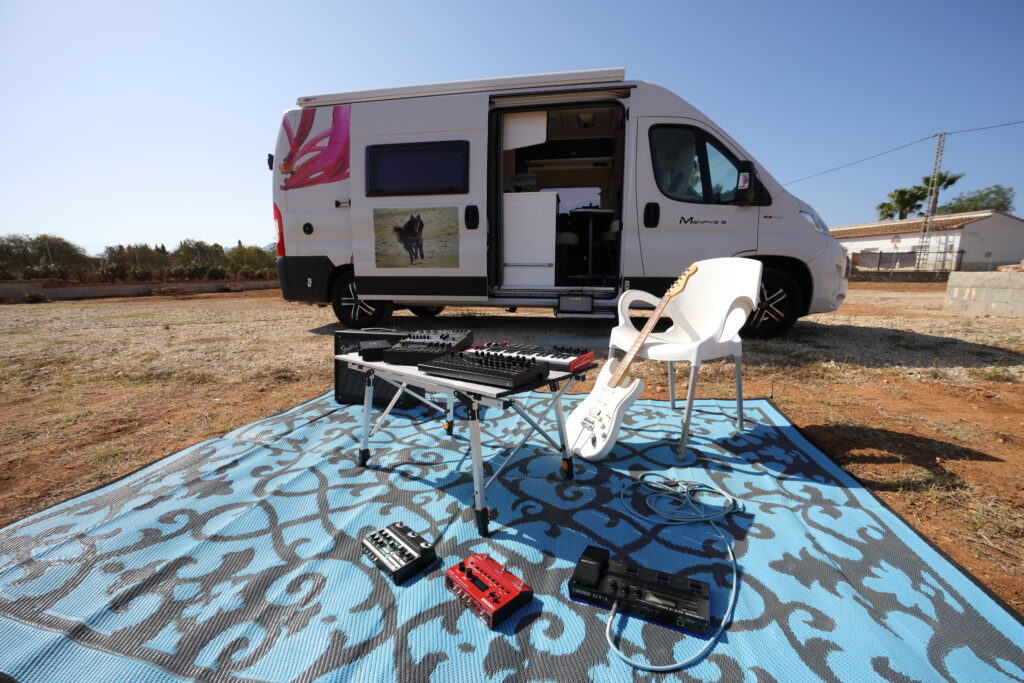
The MOTAT chronicles
All hands on deck
On the neglected site of a former rubbish dump, hundreds of staff and volunteers have lavished their energy and love on the machines of the past – creating an Auckland landmark that entertains, educates, and sparks the imagination.
Chris Hegan visited MOTAT in Western Springs, Auckland and met a bunch of talented volunteers, dedicated to maintaining, restoring and preserving valuable relics of our country’s past.
“It is Tuesday evening – volunteer night at the Auckland Museum of Transport and Technology (MOTAT) rail workshop. Marty Radford (“The shed that ate the house”, The Shed issue 114) is the head workshop volunteer here and has invited me to come and look at their work.
Marty introduces me to Jacob Stuart and Cameron Teague, who are working together on a trailer for one of the museum’s many railway jiggers – once a familiar sight on New Zealand’s railways. Railway workers rode jiggers from job to job; some were motorised but others were manually propelled by the cranking of a handle in the centre.”
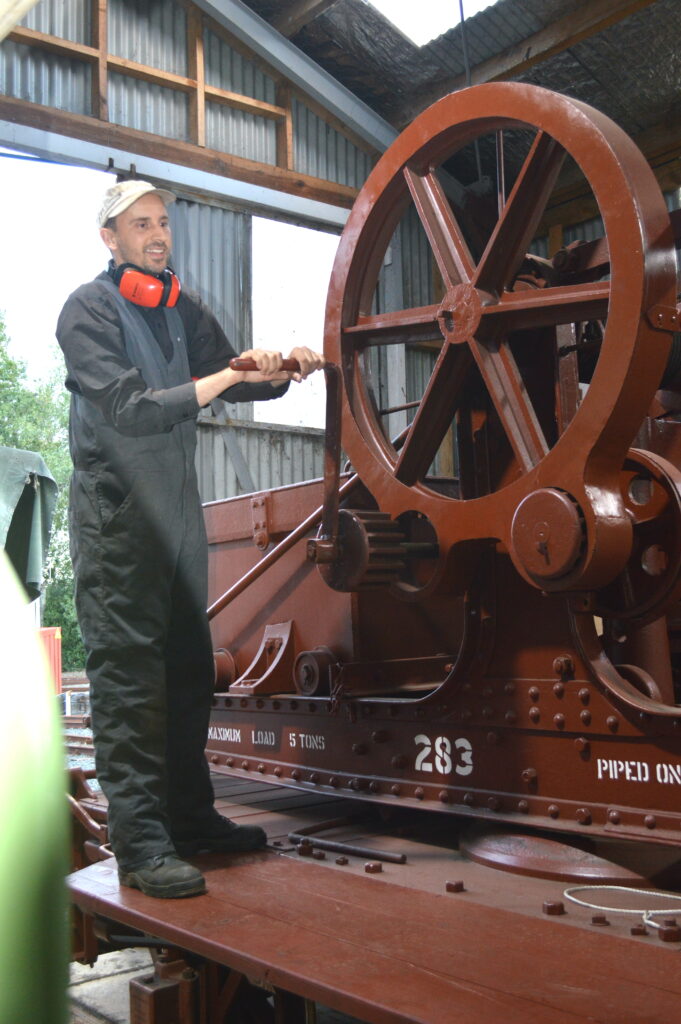
Off the grid
A musically inspired steampunk chandelier
Now there is no reason for when the need arises to build a new light over a coffee table, that this project should be a boring and dull task. Well, it certainly wasn’t for our off-the-gridder Murray Grimwood, who lets a mind-blowing live performance set the stage for a mind-bending creation.
“Music is a big part of my shed time and I can handle anything from baroque on – apart from most disco and all hip-hop.
I tend to choose a style to fit the work in hand – although sometimes you could accuse me of choosing the work to fit the music …
Recently, my better half was away catching up with family, leaving softly gloved instructions, such as: “We could do with more light over the coffee table.” I filled the void by playing my – but not her – favourite piece of music, and learning all I could about it. One version begins with a steampunk scene – an airship moored next to a castle – which gave me an idea for a chandelier. Funny how things trigger things … trigger things.”
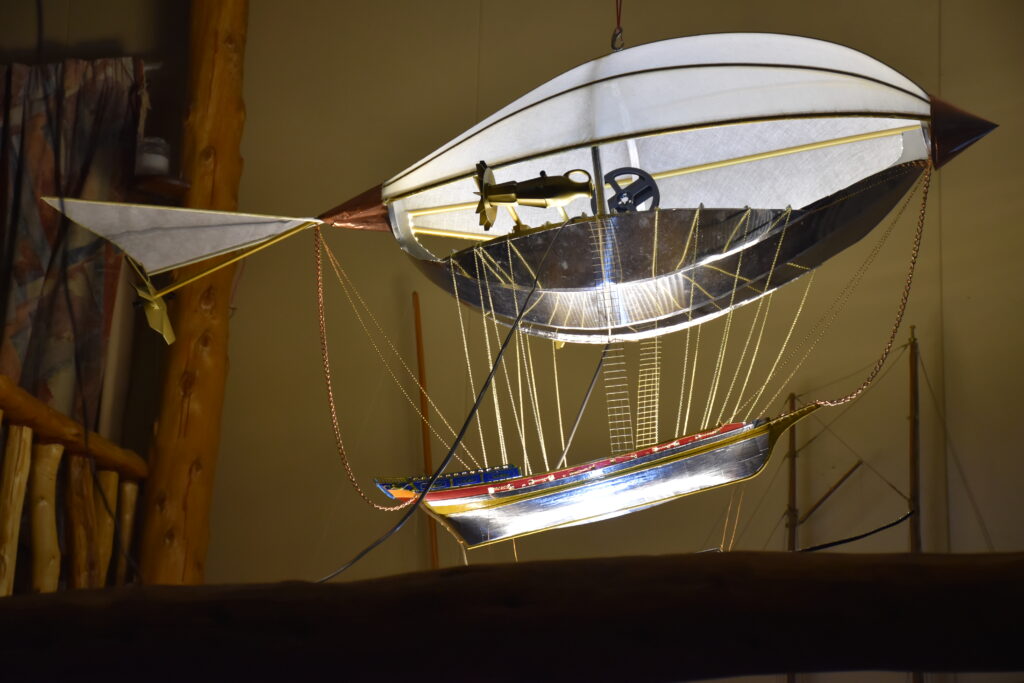
Arduino basics 102 part 2 – Time
This article covers the use of the Arduino internal timer, and shows how time can be used to change the function of a button press.
“Time is important to everything we do. It controls when we wake, sleep, work, and more. Mostly we use ‘absolute time’ – e.g. we have an appointment at 2pm or leave at 4pm. We use ‘relative time’ more than we realise – e.g. heating something in the microwave for xx time or leaving a note saying we’ll be back in 5 minutes. We also use relative time in other ways – e.g. have you ever held a button for x seconds until it performs some other function?
This article covers the use of the Arduino internal timer millis(), which counts the number of milliseconds since the code (sketch) started running. The variable is set at zero whenever the board is powered up or reset. It can be reset, but we’ll touch on why this is not a good idea later.”

How to build a hydraulic hoist
Clever stuff in the hangar
For some people, a problem is just a challenge for which they haven’t yet found a solution.
“Whakatane Airport and the Aeroclub are a regular haunt. Since I reactivated my private pilot’s licence, I’ve taken part in as many of the local flying events as I can – many of which I helped to organise.
I have a part share in an aircraft that is currently based in Tauranga. I’d really like to have a plane at the airport but the biggest problem we have at Whakatane – and an issue shared by many small airports – is lack of hangar space; there is just no free long-term hangarage at the airport.
Some years ago the club bought and assembled a kitset half-round metal hangar, with the costs being shared by the four aircraft owners who cooperated to build it. One of the hangar’s clever features is a rail system and simple carriages that the aircraft sit on; it means they can easily be pushed into and out of the hangar and avoids the dreaded ‘hangar rash’ from unintended collisions with other occupants, this being a common problem when manoeuvering aircraft with tricycle undercarriages in constrained spaces.”
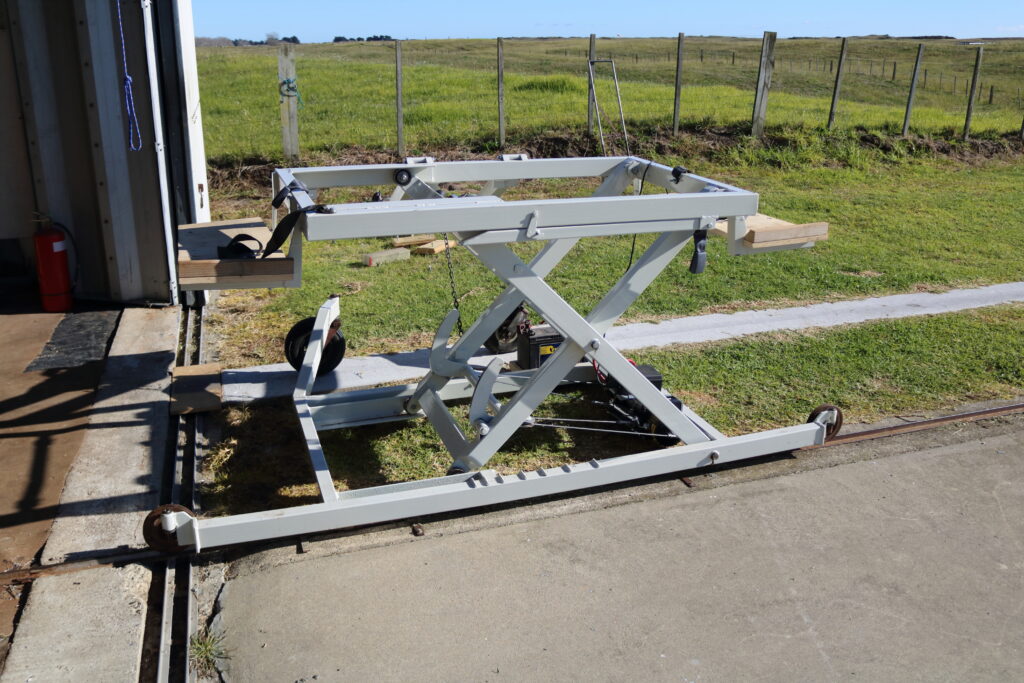
The Shed shrink – Keep calm and carry on
Could tea be the magic elixir to solve all problems, heal all rifts among family and friends, and enable all of us to live to a healthy, active 100?
“Life’s simple pleasures should not be taken for granted: for instance, a good cup of tea.
I was always under the impression that tea originated in India but, no, it was the Chinese we need to thank, and, surprise surprise, the English are the world’s biggest guzzlers of tea. A reliable source suggested that, on average, the British consume 165,000,000 cups a day. Blimey! That’s a lot of tea breaks.
Some years ago, I had the good fortune to meet one of the most iconic faces of tea, all-round good chap, Mr Dilmah: “Do try it”. I recollect he was a regular visitor to these shores; his philanthropic generosity extended to supplying all of New Zealand’s hospices with free tea.
Mr Dilmah told me that he understood tea was a simple therapeutic offering to the patients and families whilst under hospice care.
I must admit my intake of sugary tea has increased for no conscious reason. Maybe it’s a new-found appreciation.”
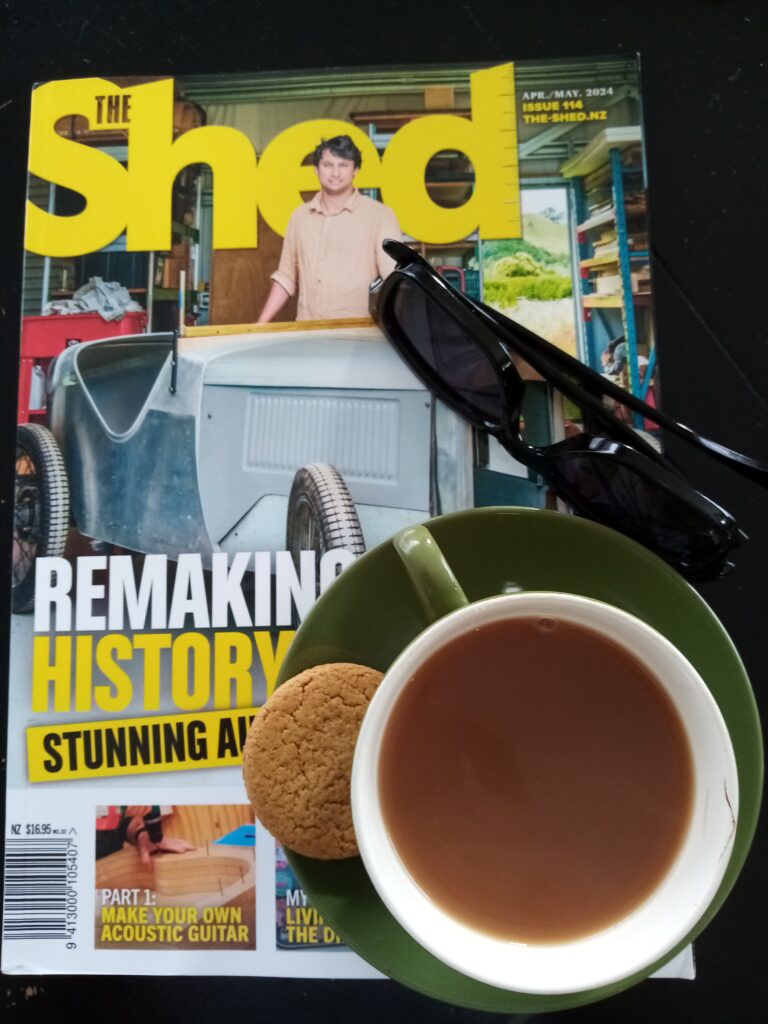
Book review – The Team That Hit the Rocks
By Peter Jerram
Among the ill-fated Wahine’s 610 passengers in April 1968, were three university cricket teams, travelling north from Lyttelton to take part in a tournament in Palmerston North.
“Tropical cyclones that form over warm ocean waters, far to the north of New Zealand, usually track south-east and miss this country.
The water they are travelling over gets cooler as they move south, and they usually decrease in intensity and eventually lose their official tropical cyclone status.
In early April 1968, late in the season, Cyclone Giselle had a much more southerly path and was much more intense than expected. It moved almost due south down the North Island. At the time that the inter-island ferry TEV Wahine was approaching Wellington Harbour, after an overnight voyage from Lyttelton, the storm centre is estimated to have been just north of Cook Strait. It is often described as the worst storm New Zealand has ever experienced; certainly, the wind speed reading of 275kph recorded at 10am at Wellington Airport was the highest ever measured in New Zealand.”
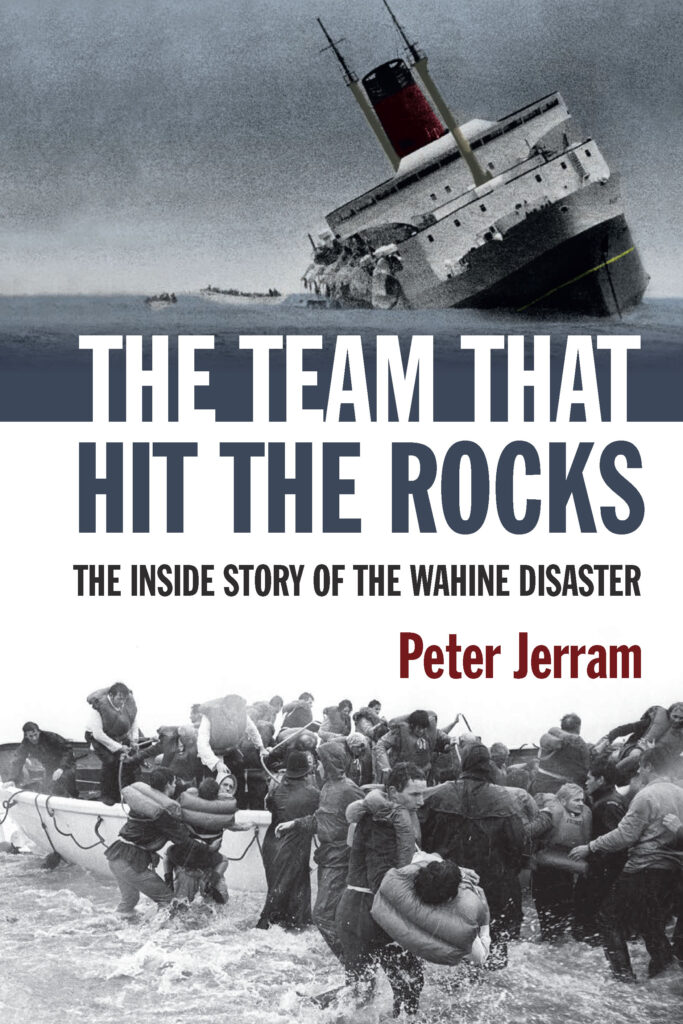
The scooter doctor
A shed-based business, with plenty of social contact, is a dream come true for this Auckland sheddie.
“After enduring several rounds of redundancies in the corporate world, Martin Smith of Auckland found the ticket to freedom in a home-based – better yet, a shed-based – business.
When Martin and his wife Jan spotted an advertisement for a mobility scooter repair and service business for sale, they knew it was just the thing for them.
“Having worked in large sales and service-oriented companies, I gained a good understanding of sales processes as well as the importance of service support when dealing with equipment and machinery,” Martin says.
Although Martin had no formal qualifications, he says he has always had an inquiring mind and he likes to know how things work.”
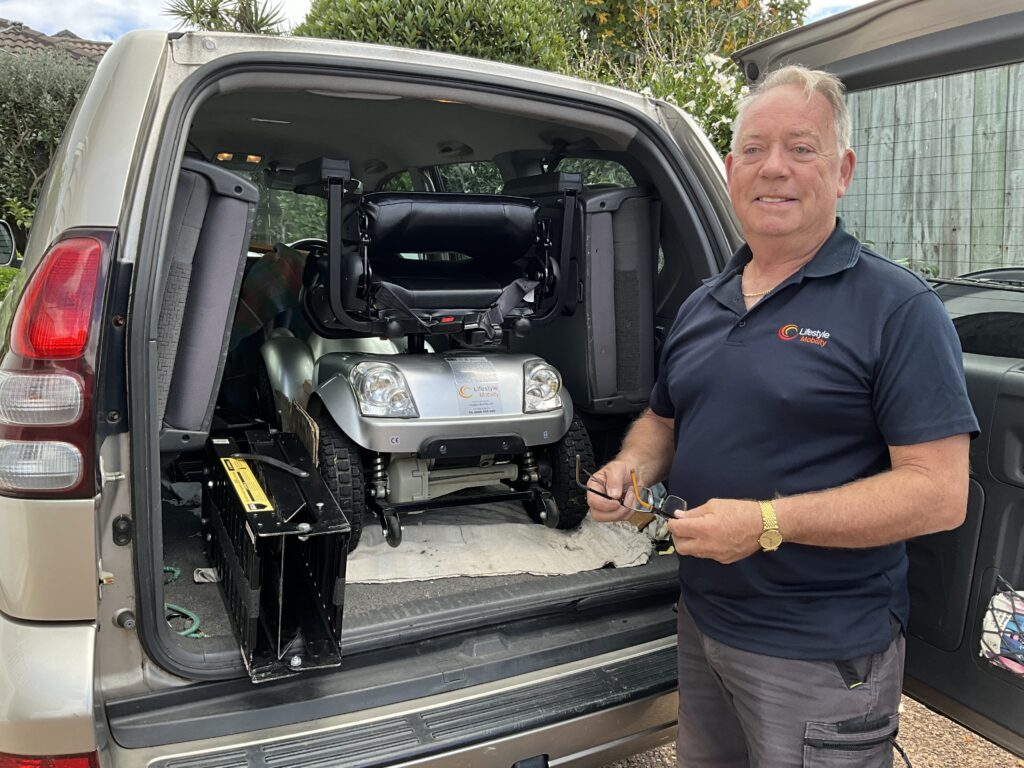
Wood-turning
Hooked on wood
A showcase for the efficient use of space, this shed is immaculate. Everything is in its place – visible and easy to reach. Helen Frances visits the shed of New Plymouth woodturner, Tony Ashton.
“On our way to Tony Ashton’s shed in Bell Block, New Plymouth, Tony stops beside the rear of a large camper-van and pulls out a wooden slider. It’s one of two he has made to avoid “whole body” dives into the bowels of the van for essentials. The slider is among many projects, simple and complex, that he shows during the visit.
Behind the van sits the pride and joy that he built with mates, “the two Davids”, from the local MenzShed. This large, steel kitset shed is a place for creative meditation (“What will I make next?”) and the making of whatever he dreams up or that takes his fancy on YouTube.
Five years ago Tony was a shed newbie, but then he heard about MenzSheds and the rest is this story – well, some of it.”
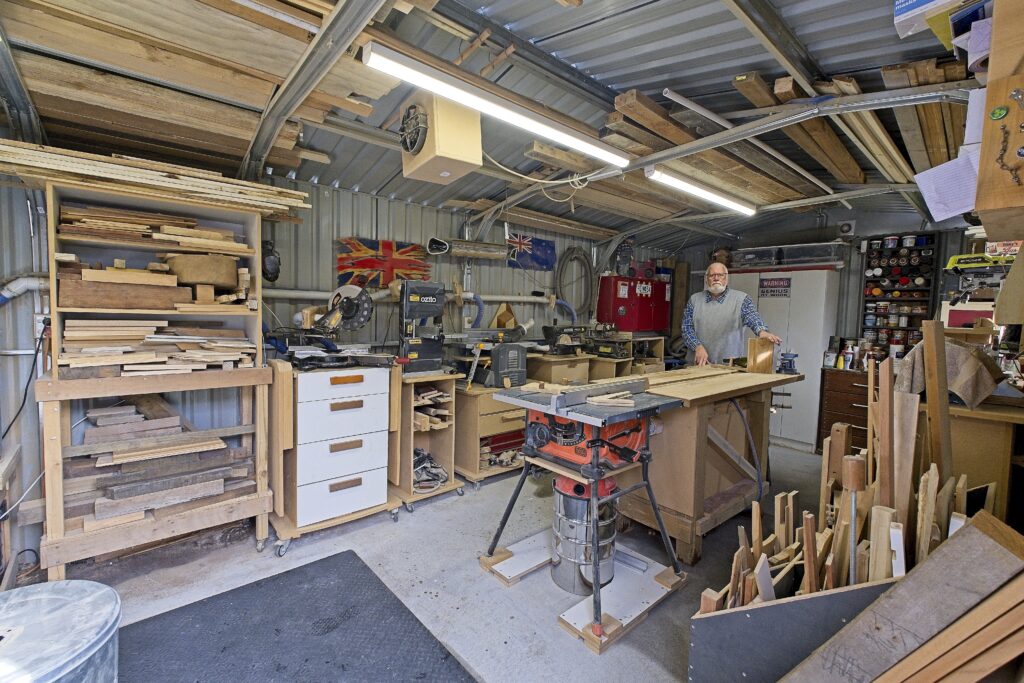
Back o’ The Shed
Neuro Nuovo
Is neurodiversity actually the new neurotypical? The Shed magazine’s founder Jude Woodside makes something of a discovery about himself.
“Every now and then something comes along to upset my apple cart. Such as when, for example, you discover that you were not quite as ‘normal’ as you thought. My daughter suggested to me recently, having come across a list of the symptoms of ADHD, that they reminded her of someone – with a meaningful glance in my direction. Who me? Quelle horreur!”
To purchase a copy of this issue head to our own online store


